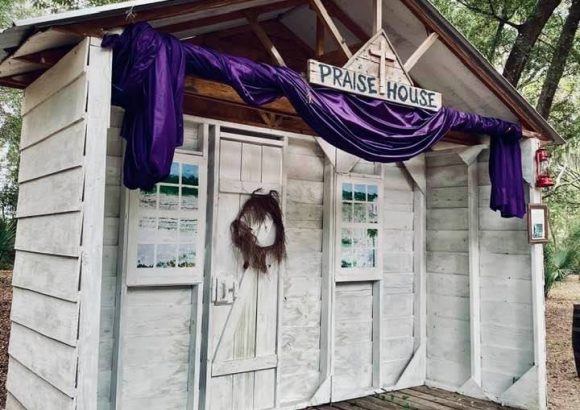- Much of the land for Mitchelville was purchased by March Gardner and managed by his son, Gabriel. Due to lawsuits and a series of land purchases, the land that was once Mitchelville was sold to the Hilton Head Company in 1950.
- Mitchelville was placed on the National Register of Historic Places in 1988 (as the Fish Haul Archaeological Site), making the site important to preserving and understanding the nation’s difficulties during Reconstruction.
- In 2005, a diverse group of Hilton Head Island citizens took up the cause of preserving and promoting the heritage of Mitchelville. In 2009, the group approached Mr. Thomas C. Barnwell and asked that he become chairman for a renewed effort to preserve what is left of the Mitchelville site and to interpret the heritage and commemorate the story. In 2010, the Historic Mitchelville Freedom Park (HMFP) was officially organized with Barnwell as chairman. During the next couple of years, HMFP created by-laws, developed an initial land architectural design of the site and obtained 501(c)3 status.
- HMFP endeavors to educate the public on the compelling story of its inhabitants and their quest for education, self-reliance and inclusion as members of a free society. HMFP is thriving through feature exhibits, signature events and guided tours of Historic Mitchelville. In addition, it continues to enhance knowledge of Mitchelville through a series of learning opportunities including lectures, forums, and related cultural experiences. HMFP, in cooperation with the Town of Hilton Head and Beaufort County, endeavors to establish a cultural attraction in the historic Mitchelville area, that will be known as “Historic Mitchelville Freedom Park.” Thanks to the generosity of the Beaufort County Council, HMFP is in the beginning stages of creating a Master Plan for Historic Mitchelville Freedom Park, which will serve as the blueprint for its transformation into a cultural attraction. This will expand the offerings of the Park to include replicas of the historic homes, churches, stores and other structures that align with the themes that govern the interpretation of the site. Those themes include: the importance of education, the desire for land ownership, laws and citizenship, the power of opportunity, everyday life before Reconstruction, and others.
Mitchelville Today


